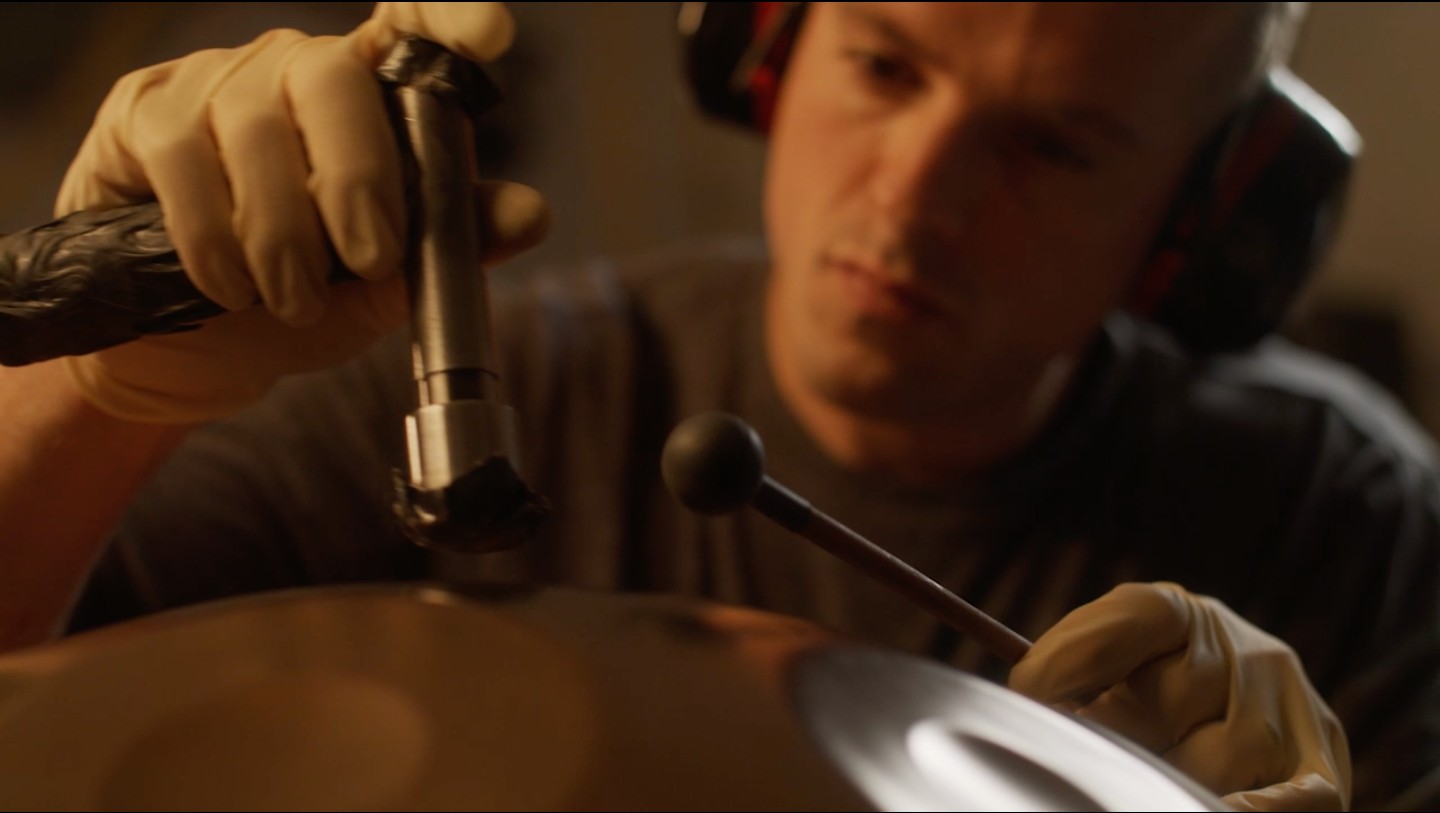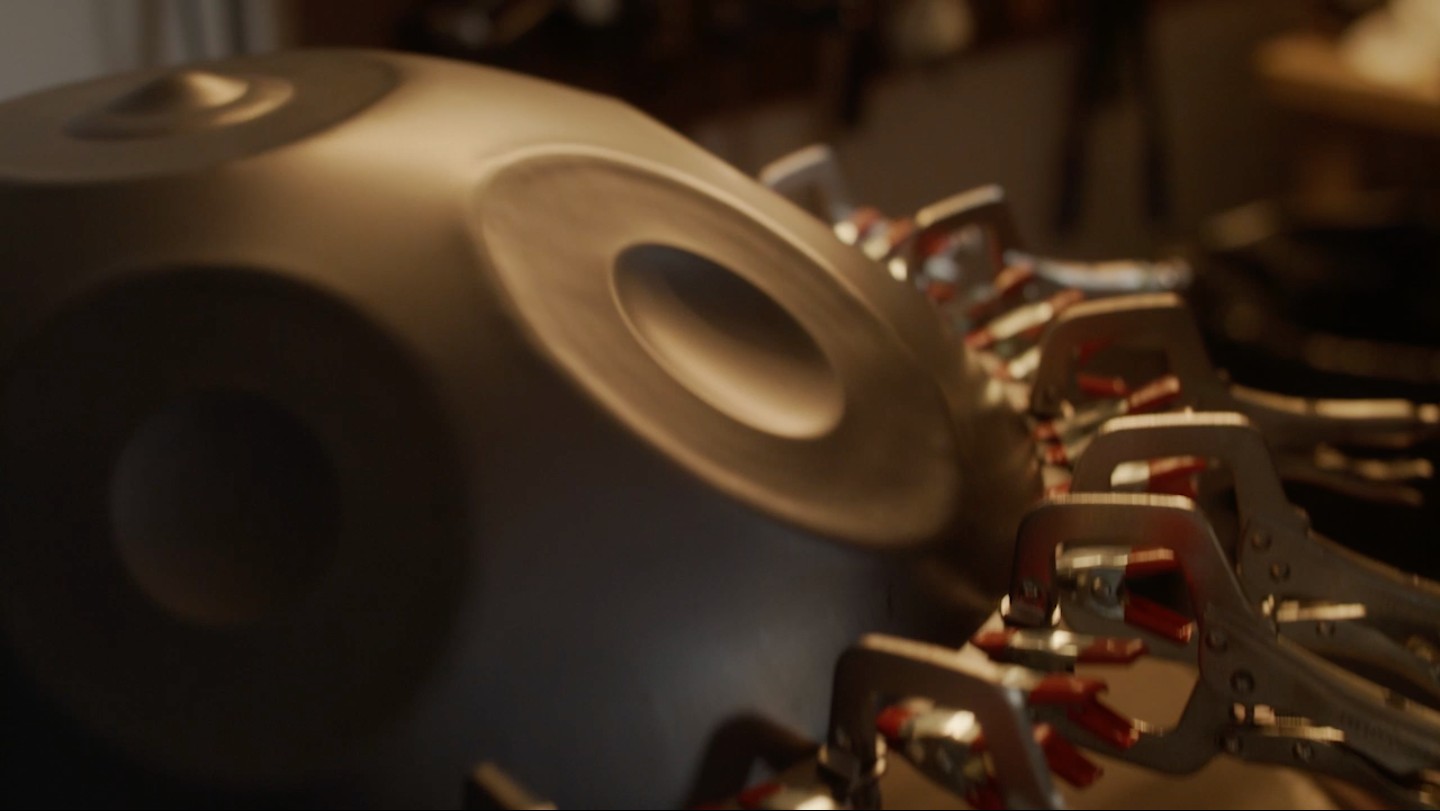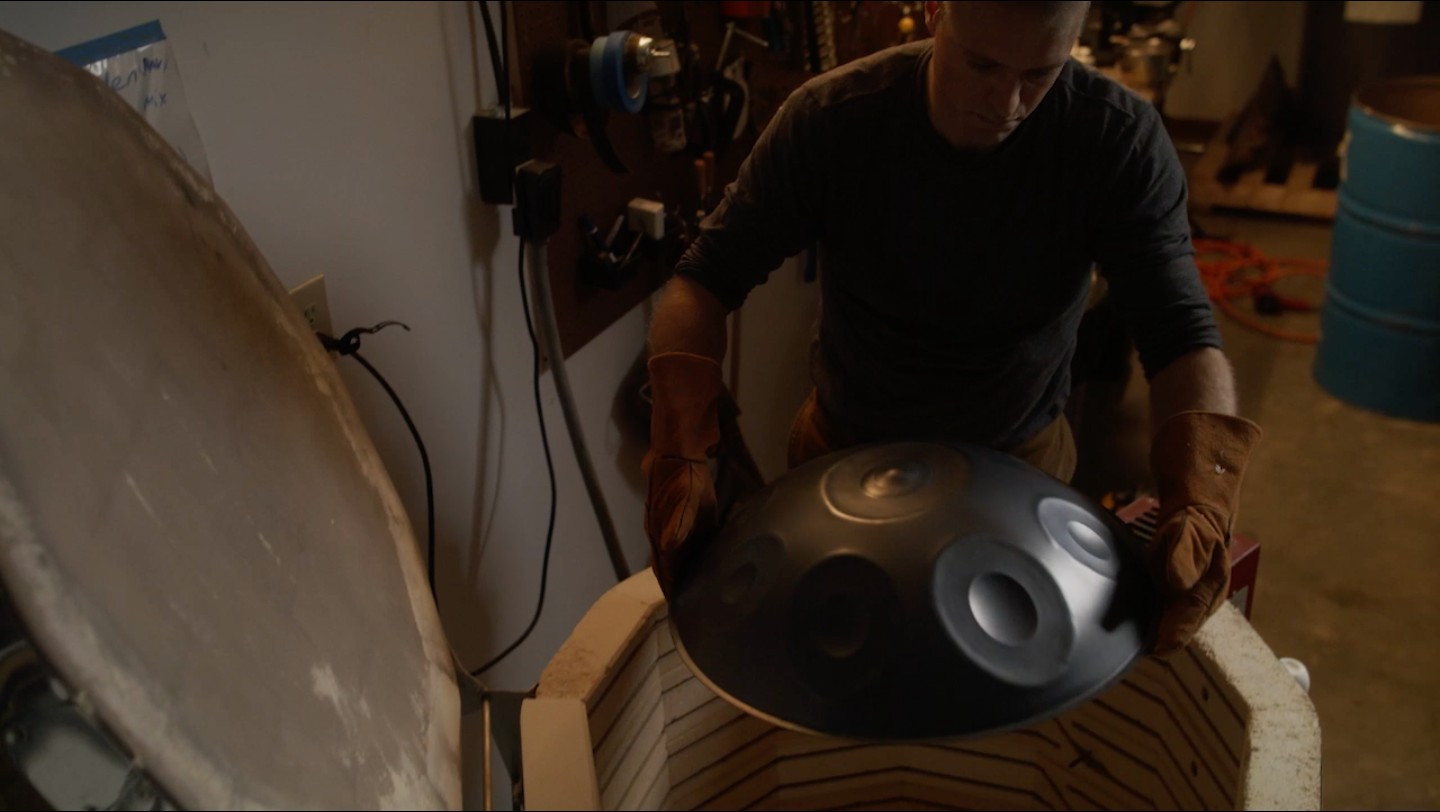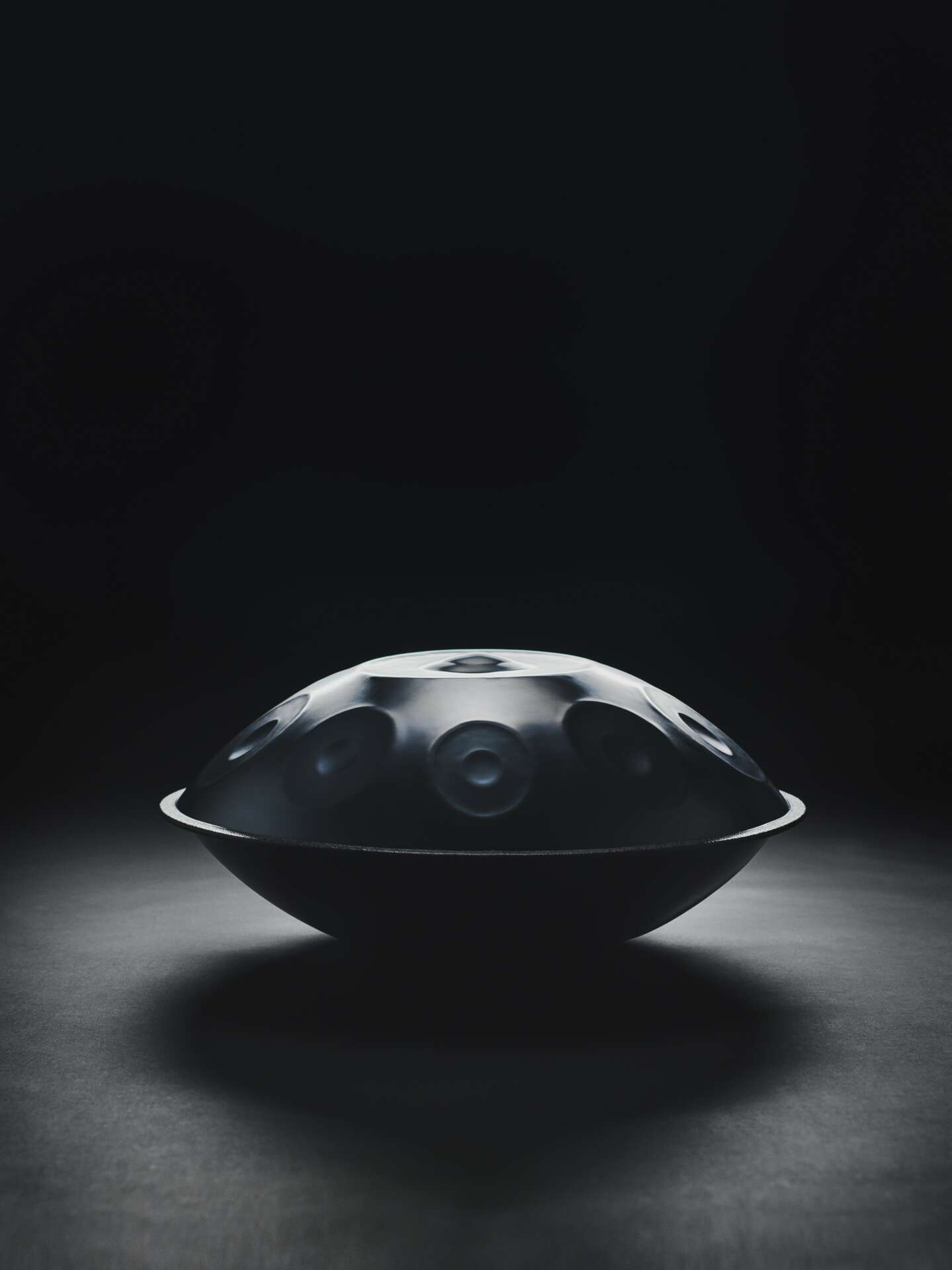We caught up with the brilliant and insightful Marshall Daniels a few weeks ago and have shared our conversation below.
Marshall, thanks for joining us, excited to have you contributing your stories and insights. Can you talk to us about how you learned to do what you do?
Tuning steel is a lesson in perseverance. I first started by finding a 55 gallon steel barrel and beating the bottom to a pulp with a sledgehammer. That was the start of a 4 year journey of learning a craft that tested my body and my mind. There were only a few makers in the world, and very few resources on how to learn a craft that wasn’t even 15 years old at the time. Bringing music out of metal has had many lessons to teach me, but the greatest by far for me has been the ability to persist through failure. As a player for 5 years prior to becoming a builder, I knew that I wanted to create instruments that I myself would be excited to play. I made up my mind that I wouldn’t settle for anything less than this simple goal: Crafting player-friendly, professionally made handpans that achieve stable tuning, strong volume, sympathetic resonance, and long sustain.


As always, we appreciate you sharing your insights and we’ve got a few more questions for you, but before we get to all of that can you take a minute to introduce yourself and give our readers some of your back background and context?
Handpans were first introduced in 2000 by steel pan makers from Switzerland. They are classified as idiophones, and are closely related to the steel pan from Trinidad and Tobago. For almost the first decade of their existence, there was only one handpan maker in the world! Over the years as interest has grown exponentially for the instrument, makers such as myself have pursued learning the craft of tuning steel. They are immensely popular for a few reasons: The first is that they blend percussion and melody together beautifully. It doesn’t take anyone who sits down with one very long to make nice sounds with one. The second reason is that every handpan is tuned to a diatonic scale. This basically means that you can’t hit a wrong note! The handpan invites people of all musical backgrounds (or none) to play it. It lends the player a very personal, meditative and even worshipful experience.
I first came across the handpan in 2007 on YouTube. It took me 4 years, but I was finally able to buy my first one in 2011. After purchasing a second in 2014, I began to seriously consider taking up the hammer myself. In March 2015 I decided to invest in a few hammers and an old honey barrel to see if it really was possible to bring music out of steel. Within a year I was making playable steel pans in the traditional style of Trinidad & Tobago; my first prototypes.
I was a handpan player for close to 5 years before becoming a builder. I wanted to create instruments that I myself would be excited to play. That’s why I decided to put my name on my brand: Daniels Made Handpans. My goal became a simple one: to craft player-friendly, professionally made instruments that achieve stable tuning, strong volume, sympathetic resonance, and long sustain.
I have always determined that any instrument that leaves my shop should exhibit the highest quality of which I am capable. That is why for the first 4 years of my building journey, I would not sell any of my prototype instruments. I waited and continued to hone my tuning skill until I was confident that my creations were worthy of the investment that I myself had made twice before. Presently there is an ever-growing spectrum of instruments and makers available, and my desire is to positively contribute to this quickly expanding art form.



What can society do to ensure an environment that’s helpful to artists and creatives?
I would preface by saying that I can only speak from my personal experience. I don’t consider myself the the spokesperson for my particular artform. When I first began to learn this craft, I wanted to glean as much as I could from fellow makers that I already admired. I thought I would reach out to other steel tuners and learn wisdom from those who had gone before me. After all, much of what art consists of is imitation of what inspires us. Most turned me away, but a few said yes with a condition: build your own prototype first. There is a saying in the world of handpan makers: “The hammer is the greatest teacher”.
After accepting this challenge, I spent over a year working on my first playable instrument. It was then that I ‘earned’ the right to visit and learn from a few other makers in the industry. I learned a lot, but ultimately the goal of every craftsman should be to produce a unique contribution to the artform through their own journey of learning.
The greatest compliment I’ve received as a builder came when a client placed a commission order with me a few years ago. She shared a story about how she had an audio recording of one of my instruments from a YouTube demo video that I had shot (I have no idea how she obtained just the audio), but didn’t know the maker name or brand. She reached out to another well known handpan maker and sent him her recording. As soon as he heard it he messaged her back: “That’s a Daniels Made handpan”. For me, it was an acknowledgement that I had achieved a sound that was now recognizable in the world of singing steel.
The lesson for me was: Creatives ideally should collaborate and support each other in good faith to see their artform and industry thrive. The caveat is that each artist in turn should do the honest work to achieve their own unique contribution, and not just plagiarize what others are doing.


What do you think is the goal or mission that drives your creative journey?
In Japanese culture, there is a concept called “Ikigai”, which translates to something like ‘reason for being alive’. It’s a philosophical approach to purpose that centers on pursuing a craft that an individual loves, becomes skilled at, is desired by the world, and provides income. It’s an encompassing concept to craftsmanship that I’ve resonated with and adopted in my own journey of building handpans. It also elevates the idea of creating something that will outlast us. I love the idea that my instruments will still be making music even after I am gone.

Contact Info:
- Website: www.danielsmadehandpans.com
- Instagram: @danielsmadehandpans
- Youtube: https://youtube.com/@MarshallDanielsMusic?si=C_H9pKHHMiYQDkSG
Image Credits
Benjamin Roberts


